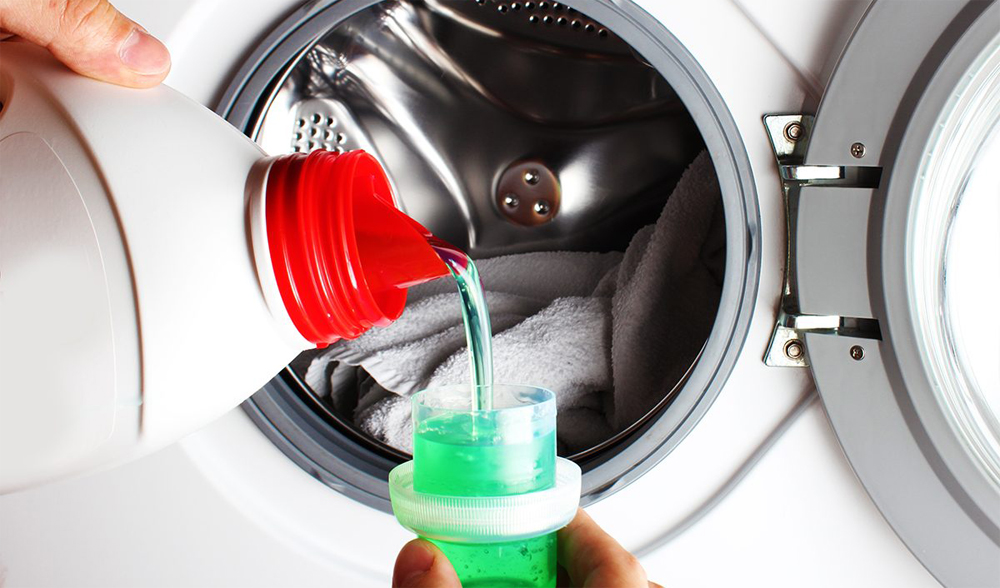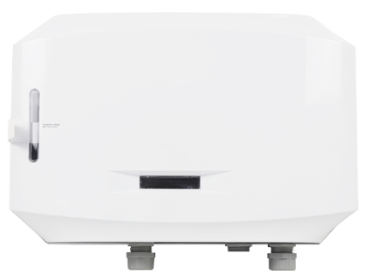
This article aims to investigate the environmental impact and carbon footprints associated with some common daily activities. By discovering the small adjustments we can make and by committing to them collectively, we can create a positive impact.
The quantity of greenhouse gases produced by doing laundry can vary based on the frequency and method employed. The Guardian states that completing a wash and dry cycle every two days, using a full 5kg load, would result in emitting 440kg of CO2 annually. This is equivalent to the emissions from a round-trip flight between London and Glasgow (including a 15-mile cab ride to and from the airports).
Contrary to popular belief, it's not the washing process of laundry that consumes the most energy; rather, it is the drying stage that has a significant impact. The Guardian reports that nearly 75% of the energy consumption of a typical 40°C wash is attributed to drying. The general principle is that the more heat an appliance produces, the more energy it requires to function. Generating power from electricity is usually more than two times as carbon-intensive as producing heat from gas.

While carbon emissions are an essential factor to consider in laundry, it's not the only aspect to ponder. The type of detergent you use also plays a crucial role. Detergent is a cleaning agent composed of water softeners, surfactants (which aid in removing dirt from clothes), bleaches (that do not discolor clothes), and enzymes. The container of detergent typically features a large warning label indicating toxicity, and it's not unexpected that the detergent you select can impact the environment. The EPA has expressed concerns that the chemical components used in typical laundry detergents can cause harm to aquatic organisms and algae, lead to freshwater eutrophication, and persist in the environment.
We have explored the emissions produced by the washing machine and dryer as well as the effects of detergent chemicals. However, we must also consider the emissions associated with manufacturing the detergent itself. The Wall Street Journal reports that the carbon footprint of a prevalent UK detergent brand ranges from 1.3 pounds (0.6 kg) to 1.9 pounds (0.9 kg) per load, depending on the detergent form used. For instance, if a household completed 300 laundry loads using a detergent with a yearly carbon footprint of 0.8 kg, the detergent alone would result in 240 kg of emissions annually.

There is one more crucial aspect to consider - microplastics. This is a significant issue, as highlighted by a study conducted by the International Union for Conservation of Nature, which revealed that microplastics pose a more severe environmental threat in high-income countries with effective waste management systems than discarded plastic. The problem starts with clothing composed of synthetic fibers - washing a single load of laundry with these garments can release approximately 700,000 microplastic fibers into the environment.
Undoubtedly, certain fabrics have a more detrimental impact than others. For instance, acrylic is the most harmful, releasing five times more particles than polyester-cotton blends. These microfibers travel through sewage treatment facilities and ultimately end up in rivers and oceans. Shockingly, a study found that microfibers constitute 85% of shoreline debris! If you use a machine dryer for clothing, you may have noticed the lint or dust that accumulates. Unfortunately, washing machines do not come equipped with a built-in filter to capture these microfibers.
To summarize, here are the actions you can take:
Our Eco Ozone Laundry System can help you take the above actions easily. Ozonated water is a natural bactericidal water. Ozone laundry enables the sterilization of fabrics at lower temperatures, thereby reducing the environmental costs of washing and dry cleaning processes. Ozone laundry can reduce the consumption of chemical washing products, thus reducing economic costs. It is also beneficial for improving our health level. To learn more about ozone laundry, please visit O3EcoLaundry or our blogs.

Green Land Yinghai International Building B,
Baohe District, Hefei,
Anhui, China, 230002
© O₃ Eco Laundry 2024 | Sitemap | Privacy Policy | Terms of Service